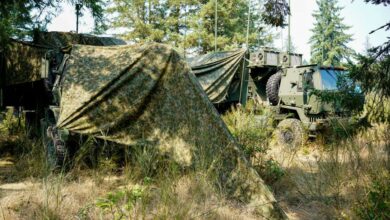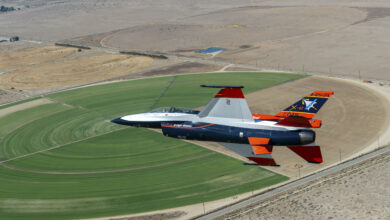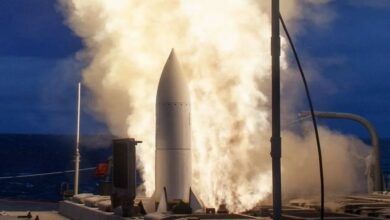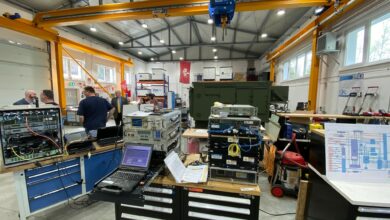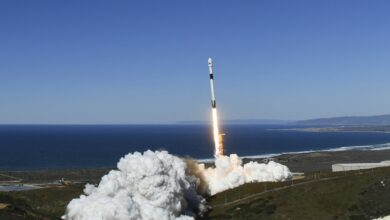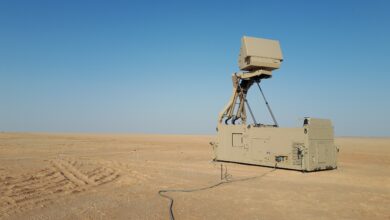S. Korea to Install Electromagnetic Wave Detectors Near THAAD Base
The South Korean government will receive eight electromagnetic wave detectors for the US missile shield base in the southeastern county of Seongju, a defense ministry official said.
Five detectors will be installed near the Terminal High Altitude Area Defense (THAAD) base to monitor “potentially hazardous electromagnetic waves of THAAD’s X-band radar around the clock.”
The equipment is slated for delivery in April 2023.
The defense ministry is currently holding consultations with local Seongju organizations to identify and finalize exact locations for the detectors.
The THAAD System
The US-made THAAD advanced anti-missile defense system was deployed in South Korea in 2017 in response to North Korea’s testing of four ballistic missiles.
The Lockheed Martin-made system consists of 6.17-meter (20.24 feet) missiles, 12-meter (39.37 feet) launch vehicles, two fire control centers, a ground-based radar, and support equipment.
“THAAD defends against short, medium, and intermediate-range ballistic missiles. It provides a unique endo-and exo-ballistic defense capability and was specifically designed to provide a robust capability against mass raids,” the aerospace company said.
“The system uses proven Lockheed Martin technology to destroy a threat with direct impact – providing ensured negation of weapons of mass destruction, enhanced reliability and safety.”
Controversies Surrounding THAAD
Since its installation in 2017, THAAD has only operated at partial capacity pending an environmental impact assessment and continued protests from local residents and environmental advocates.
Local activists have strengthened calls to halt the delivery of the equipment, as well as construction and remodeling of the barracks at the base.
“The plan to normalize the operation of the THAAD base, even though the environmental impact assessment has not yet started, means that the government does not even consider a due legal process,” a task force of anti-THAAD residents and activists said.
South Korea formed a government-civilian environmental impact assessment body in late August.
However, a Seongju official earlier said persuading residents to join the panel will be a challenge as “they have been opposed to the base for many years.”
Last month, US Forces Korea (USFK) delivered new equipment to the THAAD base, completing the upgrade to the anti-missile system.
The delivery completes the last phase of USFK’s three-stage program to integrate Patriot missiles into the THAAD launchers.



